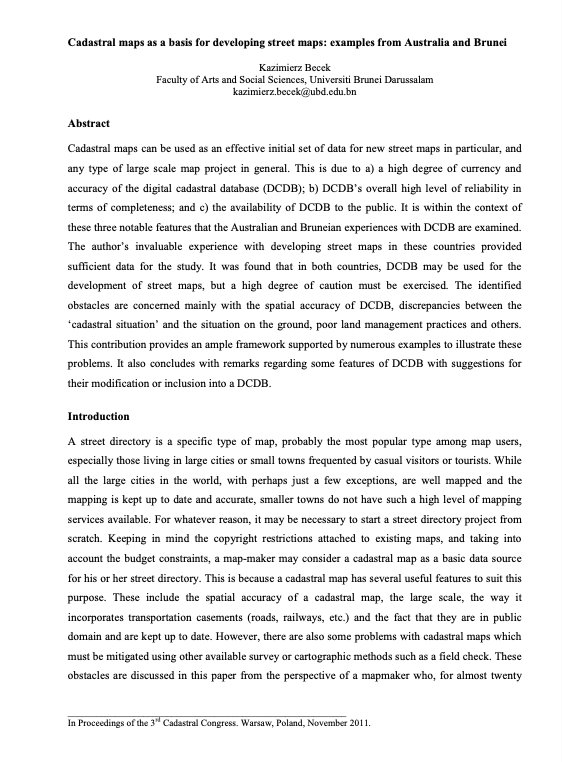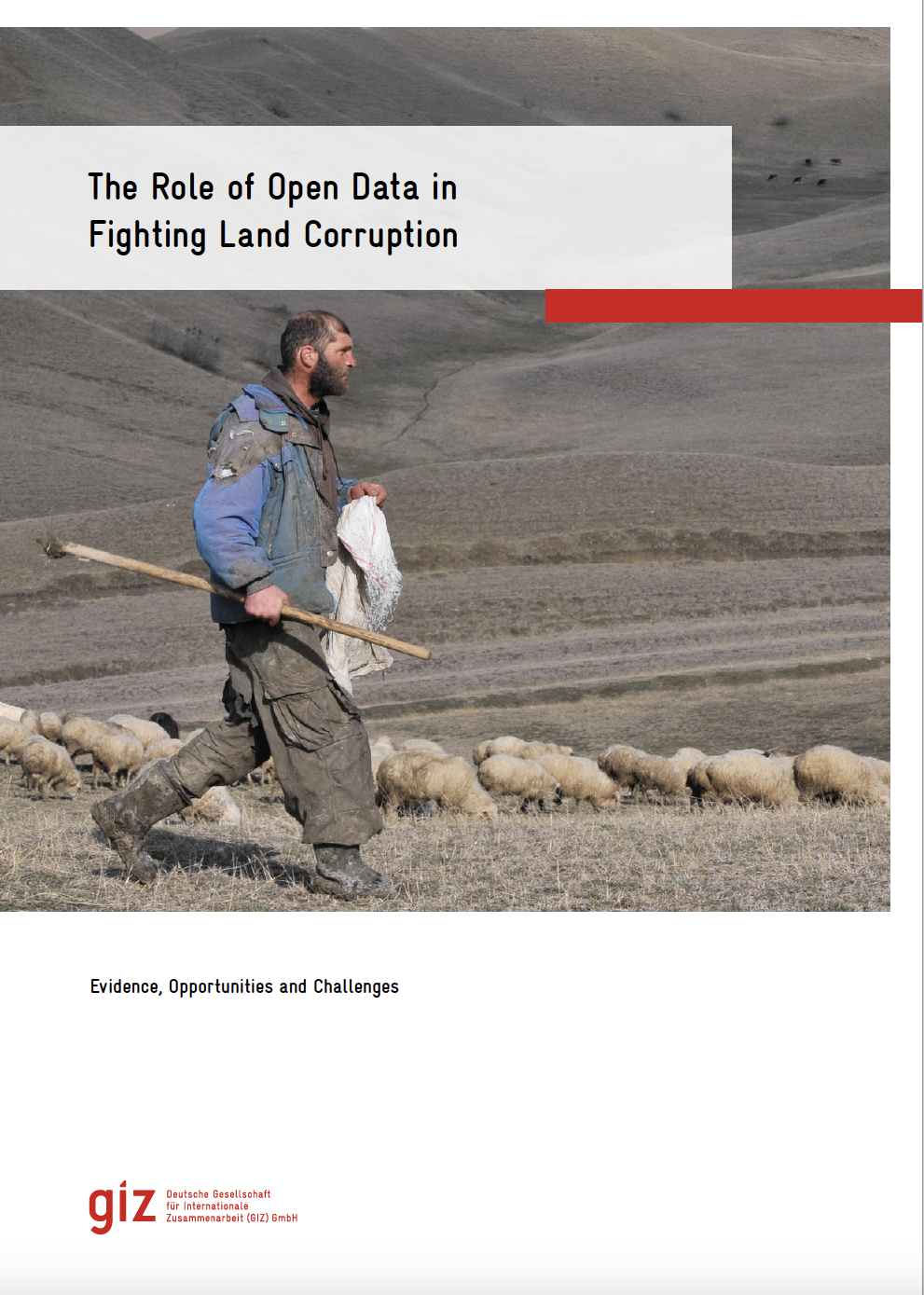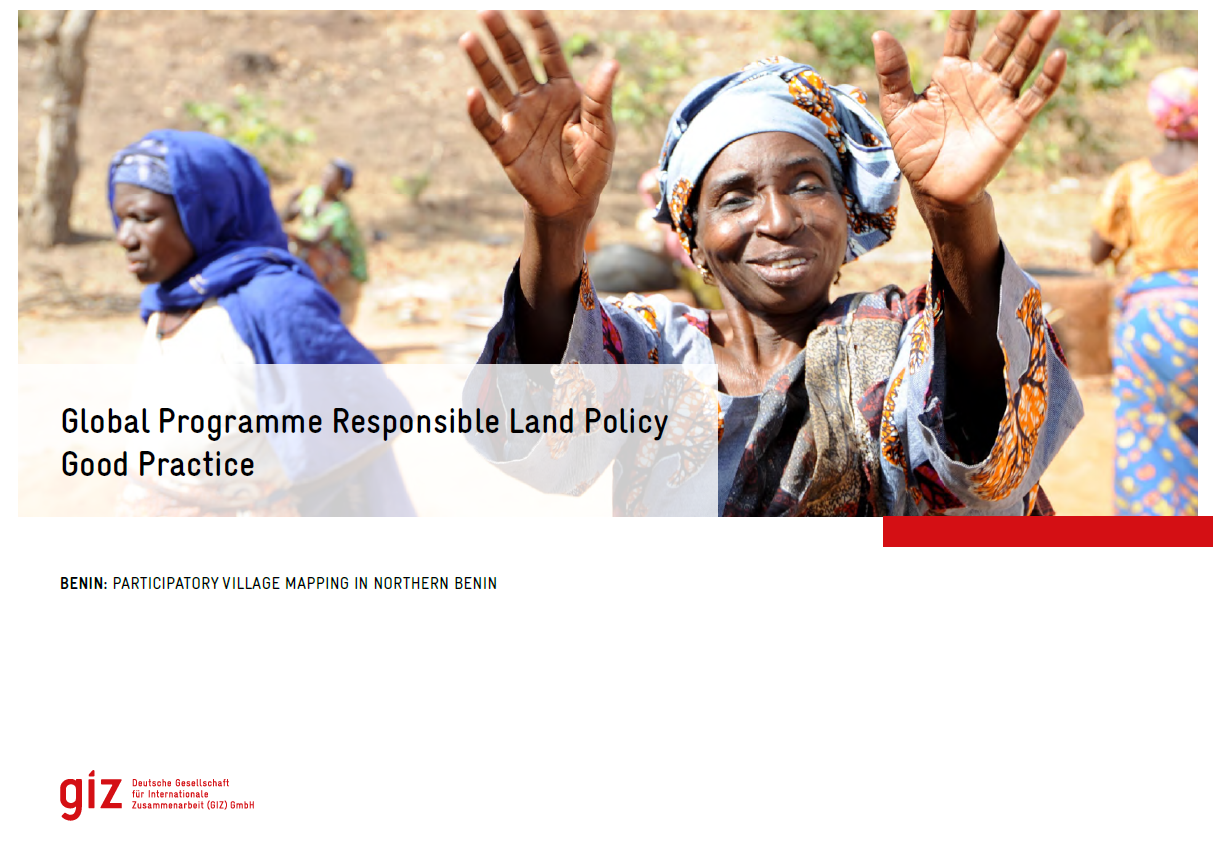Model of quality of cadastral map
Cadastral map in modern market economy in different fields is marketable product. Summarized on it digital geospatial data, obtained in cadastral survey, can be widely used by many users. These data are captured using different methods of cadastral surveying therefore they have different accuracy. Land parcel boundaries are updated in compliance with data of higher accuracy. Wherewith, assessment and improvement of quality of cadastral map is very actually.










